Automotive USB-C Market
- Introduction
- Market Definition and Segmentation
- Study Assumptions and Abbreviations
- Research Methodology
- Secondary Research
- Primary Research
- SPSS Approach
- Data Triangulation
- Executive Summary
- Global Industry Overview
- Regional Synopsis
- Future Of Charging Equipment in Cars
- Future Predictions in The Global Automotive USB-C Market
- Competitor Evaluation in The Global Automotive USB-C Market
- Expected Demand For USB-C Ports Based on Vehicle Type
- DROT
- Government Regulation
- Competitive Landscape
- Analog Devices, Inc.
- Anixter Inc. (WESCO International, Inc.)
- Belkin
- Diodes Incorporated
- Foxlink (Cheng Uei Precision Industry Co., Ltd.)
- HIROSE ELECTRIC CO., LTD.
- Japan Aviation Electronics Industry, Ltd.
- Microchip Technology Inc.
- Onsemi (Semiconductor Components Industries, LLC)
- Renesas Electronics Corporation
- Richtek Technology Corporation
- TE Connectivity
- Ongoing Technological Advancements
- SWOT Analysis
- SWOT Analysis of Top 5 Companies
- Advancement Of Automotive USB-C Market
- Applications Of USB-C In Vehicles: Impact and Future Trends
- Recent Developments
- Root Cause Analysis
- Strategic Recommendation For Pioneer Corporation
- PESTLE Analysis
- Porter Five Forces Analysis
- Industry Risk Assessment
- Growth Outlook
- Global Outlook and Projections
- Global Overview
- Market Value (USD Thousand), Current and Future Projections, 2019-2037
- Increment $ Opportunity Assessment, 2019-2037
- Global Segmentation (USD Thousand), 2019-2037, By
- Application, Value (USD Thousand)
- Head Units
- Rear-Seat Entertainment
- Rear-Seat Chargers
- Speed, Value (USD Thousand)
- USB 2.0 (480 Mbps)
- USB 3.0 (5 Gbps)
- USB 3.1 (10 Gbps)
- USB 3.2 (20 Gbps)
- USB4 (40 Gbps)
- Distribution Channel, Value (USD Thousand)
- Online
- Offline
- Vehicle Type, Value (USD Thousand)
- Passenger Vehicle
- Commercial Vehicle
- Regional Synopsis (USD Thousand), 2019-2037
- North America, Value (USD Thousand)
- Europe, Value (USD Thousand)
- Asia Pacific, Value (USD Thousand)
- Latin America, Value (USD Thousand)
- Middle East and Africa, Value (USD Thousand)
- Application, Value (USD Thousand)
- Global Overview
- North America Market
- Overview
- Market Value (USD Thousand), Current and Future Projections, 2019-2037
- Segmentation (USD Thousand), 2019-2037, By
- Application, Value (USD Thousand)
- Head Units
- Rear-Seat Entertainment
- Rear-Seat Chargers
- Speed, Value (USD Thousand)
- USB 2.0 (480 Mbps)
- USB 3.0 (5 Gbps)
- USB 3.1 (10 Gbps)
- USB 3.2 (20 Gbps)
- USB4 (40 Gbps)
- Distribution Channel, Value (USD Thousand)
- Online
- Offline
- Vehicle Type, Value (USD Thousand)
- Passenger Vehicle
- Commercial Vehicle
- Country Level Analysis
- U.S.
- Canada
- Application, Value (USD Thousand)
- Europe Market
- Overview
- Market Value (USD Thousand), Current and Future Projections, 2019-2037
- Segmentation (USD Thousand), 2019-2037, By
- Application, Value (USD Thousand)
- Head Units
- Rear-Seat Entertainment
- Rear-Seat Chargers
- Speed, Value (USD Thousand)
- USB 2.0 (480 Mbps)
- USB 3.0 (5 Gbps)
- USB 3.1 (10 Gbps)
- USB 3.2 (20 Gbps)
- USB4 (40 Gbps)
- Distribution Channel, Value (USD Thousand)
- Online
- Offline
- Vehicle Type, Value (USD Thousand)
- Passenger Vehicle
- Commercial Vehicle
- Country Level Analysis
- UK
- Germany
- France
- Italy
- Spain
- Russia
- Netherlands
- Switzerland
- Poland
- Belgium
- Rest of Europe
- Application, Value (USD Thousand)
- Asia Pacific Market
- Overview
- Market Value (USD Thousand), Current and Future Projections, 2019-2037
- Segmentation (USD Thousand), 2019-2037, By
- Application, Value (USD Thousand)
- Head Units
- Rear-Seat Entertainment
- Rear-Seat Chargers
- Speed, Value (USD Thousand)
- USB 2.0 (480 Mbps)
- USB 3.0 (5 Gbps)
- USB 3.1 (10 Gbps)
- USB 3.2 (20 Gbps)
- USB4 (40 Gbps)
- Distribution Channel, Value (USD Thousand)
- Online
- Offline
- Vehicle Type, Value (USD Thousand)
- Passenger Vehicle
- Commercial Vehicle
- Country Level Analysis
- China
- Japan
- India
- South Korea
- Australia
- Indonesia
- Taiwan
- Thailand
- Singapore
- Philippines
- Vietnam
- New Zealand
- Malaysia
- Rest of Asia Pacific
- Application, Value (USD Thousand)
- Latin America Market
- Overview
- Market Value (USD Thousand), Current and Future Projections, 2019-2037
- Segmentation (USD Thousand), 2019-2037, By
- Application, Value (USD Thousand)
- Head Units
- Rear-Seat Entertainment
- Rear-Seat Chargers
- Speed, Value (USD Thousand)
- USB 2.0 (480 Mbps)
- USB 3.0 (5 Gbps)
- USB 3.1 (10 Gbps)
- USB 3.2 (20 Gbps)
- USB4 (40 Gbps)
- Distribution Channel, Value (USD Thousand)
- Online
- Offline
- Vehicle Type, Value (USD Thousand)
- Passenger Vehicle
- Commercial Vehicle
- Country Level Analysis
- Brazil
- Argentina
- Mexico
- Rest of Latin America
- Application, Value (USD Thousand)
- Middle East and Africa Market
- Overview
- Market Value (USD Thousand), Current and Future Projections, 2019-2037
- Segmentation (USD Thousand), 2019-2037, By
- Application, Value (USD Thousand)
- Head Units
- Rear-Seat Entertainment
- Rear-Seat Chargers
- Speed, Value (USD Thousand)
- USB 2.0 (480 Mbps)
- USB 3.0 (5 Gbps)
- USB 3.1 (10 Gbps)
- USB 3.2 (20 Gbps)
- USB4 (40 Gbps)
- Distribution Channel, Value (USD Thousand)
- Online
- Offline
- Vehicle Type, Value (USD Thousand)
- Passenger Vehicle
- Commercial Vehicle
- Country Level Analysis
- Saudi Arabia
- UAE
- Israel
- Qatar
- Kuwait
- Oman
- South Africa
- Rest of Middle East & Africa
- Application, Value (USD Thousand)
- About Research Nester
- Our Global Clientele
- We Serve Clients Across World
Global Market Size, Forecast, and Trend Highlights Over 2025-2037
Automotive USB-C Market size was valued at USD 13.3 million in 2024 and is set to exceed USD 184.08 million by 2037, expanding at over 22.4% CAGR during the forecast period i.e., between 2025-2037. In the year 2025, the industry size of automotive USB-C is estimated at USD 15.68 million.
The automotive USB-C market is growing at a steady pace, mainly due to the need to power devices quickly and conveniently within vehicles today. Car manufacturers are incorporating USB-C ports as a standard feature to increase user-friendliness and to cater to the expanding market for USB-C devices. Being backward compatible, efficient in power delivery and universally adopted, USB-C is poised to revolutionize in-car charging. A significant advancement in this industry was made earlier in May 2024 with the release of MagGo Wireless Car Charger that comes with a cable that can be used both for wireless and wired charging to offer a versatile and efficient solution for contemporary cars. Furthermore, car manufacturers are expanding their USB-C connectivity to their infotainment systems for better integration.
With the development of technology, the use of USB-C interfaces in vehicles is gradually expanding from simple charging to data transmission and connection of infotainment systems. This shift is most visible in car models that come with USB-C charging ports to enhance the digital experience of the passengers. Furthermore, the regulatory push to standardize, like the EU USB-C mandate effective from December 2024, is likely to create more demand for the product. As the adoption of connected and electric vehicles increases, there will be an increased demand for automotive USB-C solutions allowing for new developments that are poised to improve the user experience. Furthermore, as automotive manufacturers move towards smart car systems, USB-C is anticipated to be the key to connecting portable devices, providing over the air updates, and supporting future innovations in autonomous vehicle operation.

Automotive USB-C Market: Growth Drivers and Challenges
Growth Drivers
-
Increasing sales of electric vehicles: One of the primary factors contributing to the automotive USB-C market is the growing popularity of electric vehicles across the globe, where manufacturers are keen on integrating sophisticated charging systems. As the number of electric cars is expected to reach 13.9 million by 2023 as per the IEA, car manufacturers have begun focusing on USB-C ports for quicker and safer charging. In August 2024, Microchip Technology announced three flexible and modular EV Charger Reference Designs showing the link between EV equipment and USB-C charging solutions. The release also brings out the fact that as more electric and hybrid cars are introduced in the market, automotive USB-C will be crucial for fast charging and integration, which is poised to further boost the demand for USB-C technology.
-
Standardization of charging ports: Regulatory bodies are now encouraging the use of USB-C as a standard charging port to ensure that consumers have a smooth experience when using charging ports in vehicles. In December 2024, the European Union set a regulation which requires that all devices should have a USB-C port, including vehicles to avoid compatibility problems. This regulation is likely to increase the rate of adoption of USB-C across automakers, which is anticipated to create value for both consumers and manufacturers. Furthermore, the U.S. and some parts of Asia are planning the same policy to standardize the charging technology, which would make USB-C a standard across the board.
- Rising demand for connected cars: The trend towards connected vehicles and in-car entertainment is driving the demand for USB-C ports for high-speed data transfer and high-power delivery. In January 2024, Samsung joined hands with Hyundai Motor Group to connect smart homes with connected cars, highlighting the trend towards integrating digital solutions. As more cars become equipped with smart features, USB-C is likely to be instrumental in meeting connectivity, entertainment, and charging needs. Furthermore, with the increasing popularity of self-driving and AI car-mounted vehicles, the function of USB-C in realizing high-speed data exchange will be more significant.
Challenges
-
Infrastructure limitations for high-power Charging: The charging capabilities of USB-C are not fully realized in many cars and other charging points since they are not optimized to handle the high power that can be delivered by the port. This is owing to the infrastructure limitation that slows the charging speeds of USB-C powered in-vehicle charging and prevents their widespread adoption. To increase the usage of USB-C, it is important to upgrade existing installations and make new installations USB-C optimized. There is a need for integration of automakers, charging station providers, and regulatory bodies, as well as for research on more innovative charging technologies.
-
Challenges in the supply chain affecting component acquisition: The global semiconductor shortage has affected the production and availability of the USB-C enabled components for cars, which have resulted in production hitches in the supply chain. Consequently, the adoption of USB-C in new car models and the integration of this technology have been slowed down. Manufacturers are now struggling to meet production goals and satisfy consumers. To reduce the effects, there is the need for the semiconductor manufacturers, automakers, and other stakeholders to work together.
Automotive USD-C Market: Key Insights
| Report Attribute | Details |
|---|---|
|
Base Year |
2024 |
|
Forecast Year |
2025-2037 |
|
CAGR |
22.4% |
|
Base Year Market Size (2024) |
USD 13.3 million |
|
Forecast Year Market Size (2037) |
USD 184.08 million |
|
Regional Scope |
|
Automotive USB-C Segmentation
Application (Head Units, Rear-Seat Entertainment, Rear-Seat Chargers)
Head units segment is estimated to capture automotive USB-C market share of around 44% by the end of 2037. Due to the proliferation of connected vehicles, head units are no longer simple devices that control only entertainment and information systems but are becoming central control points for a car and its features. Manufacturers are incorporating the USB-C interface into the head units to facilitate easy connectivity and charging rates. In September 2024, HIROSE Electric Co., Ltd. and AIO Core Co., Ltd. signed an agreement for the joint development of high-performance active optical connectors to improve in-vehicle connectivity solutions. With vehicle interiors being increasingly technology-oriented, head units will continue to be central to infotainment and intelligent connectivity.
Vehicle Type (Passenger Vehicle, Commercial Vehicle)
In automotive USB-C market, passenger vehicles segment is set to account for revenue share of around 71.5% by 2037, due to the growing demand for infotainment and charging interfaces. As more consumers depend on connectivity while on the road for entertainment, navigation, and professional purposes, USB-C is fast becoming a standard feature in passenger cars. In January 2025, Japan Aviation Electronics Industry, Ltd. and Nagase & Co., Ltd. entered into a strategic alliance to strengthen their market position in India’s automotive segment in response to the increasing market for connectivity systems in passenger cars. With the focus on premium experiences that the automobile industry is heading towards, USB-C is set to remain a key enabler for boosting passenger comfort.
Our in-depth analysis of the global automotive USB-C market includes the following segments:
|
Application |
|
|
Speed |
|
|
Distribution Channel |
|
|
Vehicle Type |
|

Vishnu Nair
Head - Global Business DevelopmentCustomize this report to your requirements — connect with our consultant for personalized insights and options.
Automotive USB-C Industry - Regional Synopsis
Asia Pacific Market Statistics
Asia Pacific in automotive USB-C market is poised to hold more than 53.8% revenue share by 2037. This growth is due to growing adoption of electric vehicles, a growing demand for fast charging, and governmental push towards smart mobility. Current technological advancement in the automobile industry has seen countries such as China, India, and Japan adopting the use of USB-C technology for connectivity and charging capabilities. Major automotive makers and increased investments in smart infrastructure are also driving the growth of the automotive USB-C market. The use of USB-C ports in next-generation infotainment systems and electric vehicles is likely to revolutionize the automotive industry in Asia.
China is currently the leader in the automotive USB-C adoption owing to the supportive electric vehicles and governmental policies promoting smart transport systems. As electric vehicles and connected cars are becoming the future of automobiles, USB-C technology is proving to be an indispensable component of rapid charging systems. In September 2023, Richtek released the RTQ7882-QT, an automotive USB-C PD charger IC for the China market compliant with the UFCS rapid charging interface specifications. This shows the country’s determination to improve the charging technology and compatibility between different brands. Moreover, key automobile producers like BYD and NIO are gradually incorporating USB-C interfaces into their new automobile models for fast charging and communication. China is an important for automotive USB-C market solutions owing to the robust supply chain, the development of the semiconductor industry, and constant technological development.
Automotive USB-C technology is expected to grow rapidly in India due to the increase in the number of smartphone users, the increase in disposable income, and the need for connected car solutions. The need for charging and data transfer solutions in vehicles is increasing as manufacturers incorporate more infotainment and smart systems. In June 2024, UltraProlink released the Boost 125, which is the first fast travel charger in India that has a dual PCB and two transformers and supports both USB and other protocols. This charger provides a total of 125W with 80W of power delivered through the USB-A port, and 45W through the USB-C port, which is compatible with multiple quick charging standards. With the increasing trend of electrification in vehicles, USB-C is becoming common in cars as a connectivity solution. Also, the aftermarket accessories industry in India is on the rise, and consumers seek reliable USB-C adapters and chargers. The growth in the automobile industry and increasing awareness among the consumers makes India a potential market for manufacturers.
North America Market Analysis
North America automotive USB-C market is expected to witness growth rate of around 22.5%% from 2025 to 2037. The region has a robust technological foundation, an affluent population who spends heavily on consumer goods, and a focus on smart and connected devices. The demand is driven by factors such as the rising popularity of electric vehicles, enhanced infotainment systems, and high-performance computing applications across industries. In July 2024, WOLFBOX released the MegaVolt16 Jump Starter, a multi-functional gadget that has the 3,000A peak current and 16,000mAh battery to jump start 12V cars, trucks, boats, etc. In addition, there are emerging trends like innovation, strategic partnerships, and acquisitions, which are being adopted by the companies in North America to expand their market share and address the changing consumer needs.
The U.S. remains the largest automotive USB-C market in North America, fueled by growing innovations in the automotive, consumer electronics, and industrial automation industries. The U.S. leads in innovation due to a well-established R&D ecosystem and high adoption rate of emerging technologies. The growth of smart vehicles and the shift towards using USB-C ports for data transfer and charging are major drivers of the automotive USB-C market. According to EPA’s Automotive Trends Report, new vehicles’ CO2 emissions per mile went down to 319 grams in the model year 2023, which is the lowest recorded figure. This improvement is partially attributed to the growth of battery electric vehicles (BEVs) and plug-in hybrid electric vehicles (PHEVs) that have affected the trends of the automotive USB-C market significantly. As consumers continue to push for more features and cars become more connected, the U.S. market is likely to remain one of the most active in the adoption of USB-C technology.
Canada automotive USB-C market is expanding steadily owing to the rising digital transformation activities and the need for broadband connectivity. The country is experiencing a growing trend in the use of EVs attributed to government policies and the emphasis on environmental conservation. The use of USB-C interface in automobiles, smart homes, and industrial appliances is gradually increasing. Also, the advanced telecom network of Canada and the ongoing 5G rollout are helping in faster data transfer and better device compatibility. The use of USB-C technology in cars is also significant in the aspect of compatibility. With the growing requirement for charging solutions that are fast and compact, the automotive and consumer electronics industries in Canada are shifting to USB-C technology.

Companies Dominating the Automotive USB-C Market
- Analog Devices, Inc.
- Company Overview
- Business Strategy
- Key Product Offerings
- Financial Performance
- Key Performance Indicators
- Risk Analysis
- Recent Development
- Regional Presence
- SWOT Analysis
- Anixter Inc. (WESCO International, Inc.)
- Belkin
- Diodes Incorporated
- Foxlink (Cheng Uei Precision Industry Co., Ltd.)
- HIROSE ELECTRIC CO., LTD.
- Japan Aviation Electronics Industry, Ltd.
- Microchip Technology Inc.
- Onsemi (Semiconductor Components Industries, LLC)
- Renesas Electronics Corporation
- Richtek Technology Corporation
- TE Connectivity
The automotive USB-C market is moderately concentrated, and the major players are continuously focusing on developing new technologies and forging partnerships to strengthen their positions. Some of the key players in the automotive USB-C market include Analog Devices, Inc., Belkin, Microchip Technology Inc., TE Connectivity, Onsemi, and Renesas Electronics Corporation, which are now concentrating on high-power USB-C charging, data transfer, and infotainment systems integration. Both automotive and electronics manufacturers are focusing on USB-C because buyers expect faster and efficient charging in cars. With consumers demanding the highest levels of connectivity possible, more and more companies are investing in the research and development of better solutions.
Increasing technological developments and the increase in support for standardization from the government will help the automotive USB-C market to grow in the future, which is anticipated to create opportunities for car makers and technology suppliers. In December 2024, Renesas Electronics Corporation released the RAA489118 buck-boost battery charger, and the RAA489400 USB Type-C port controller and it provides an Extended Power Range (EPR) USB-PD solution. This development reflects the direction of the industry towards high efficiency charging and connectivity solutions. In addition, the cooperation between semiconductor and automotive companies is expected to increase competition and drive the ubiquitous incorporation of USB-C technology into connected vehicles.
Here are some leading companies in the automotive USB-C market:
Recent Developments
- In December 2024, Anker expanded the availability of its Nano Car Charger 75W with a retractable USB-C cable to more countries, delivering high-speed charging for modern vehicles. With dual-port fast charging up to 45W and a space-saving retractable design, this charger eliminates clutter while ensuring reliable power for smartphones, tablets, and laptops. As USB-C continues to dominate the in-vehicle charging market, Anker’s innovation offers a seamless solution for drivers demanding high-efficiency power delivery.
- In August 2024, Renesas Electronics Corporation completed the acquisition of Altium Limited, a global leader in electronics design solutions. This collaboration aims to create an advanced electronics system design and lifecycle management platform, streamlining design processes and standardizing diverse electronic data. By enhancing component lifecycle management and enabling seamless digital iterations, the platform is set to improve efficiency and boost overall productivity.
- In May 2024, Diodes Incorporated introduced the PI3USB31532Q, a 10Gbps automotive-compliant crossbar switch, designed to optimize in-vehicle connectivity. Supporting USB 3.2 and DisplayPort 2.1 signal routing through a USB Type-C connector, the switch delivers superior signal integrity while minimizing power consumption. Its advanced design enhances performance and reliability, making it a key solution for modern automotive applications.
- Report ID: 3550
- Published Date: Mar 07, 2025
- Report Format: PDF, PPT
- Get detailed insights on specific segments/region
- Inquire about report customization for your industry
- Learn about our special pricing for startups
- Request a demo of the report’s key findings
- Understand the report’s forecasting methodology
- Inquire about post-purchase support and updates
- Ask About Company-Level Intelligence Additions
Have specific data needs or budget constraints?
Frequently Asked Questions (FAQ)
Automotive USB-C Market Report Scope
FREE Sample Copy includes market overview, growth trends, statistical charts & tables, forecast estimates, and much more.
Connect with our Expert
See how top U.S. companies are managing market uncertainty — get your free sample with trends, challenges, macroeconomic factors, charts, forecasts, and more.
 Inquiry Before Buying
Inquiry Before Buying

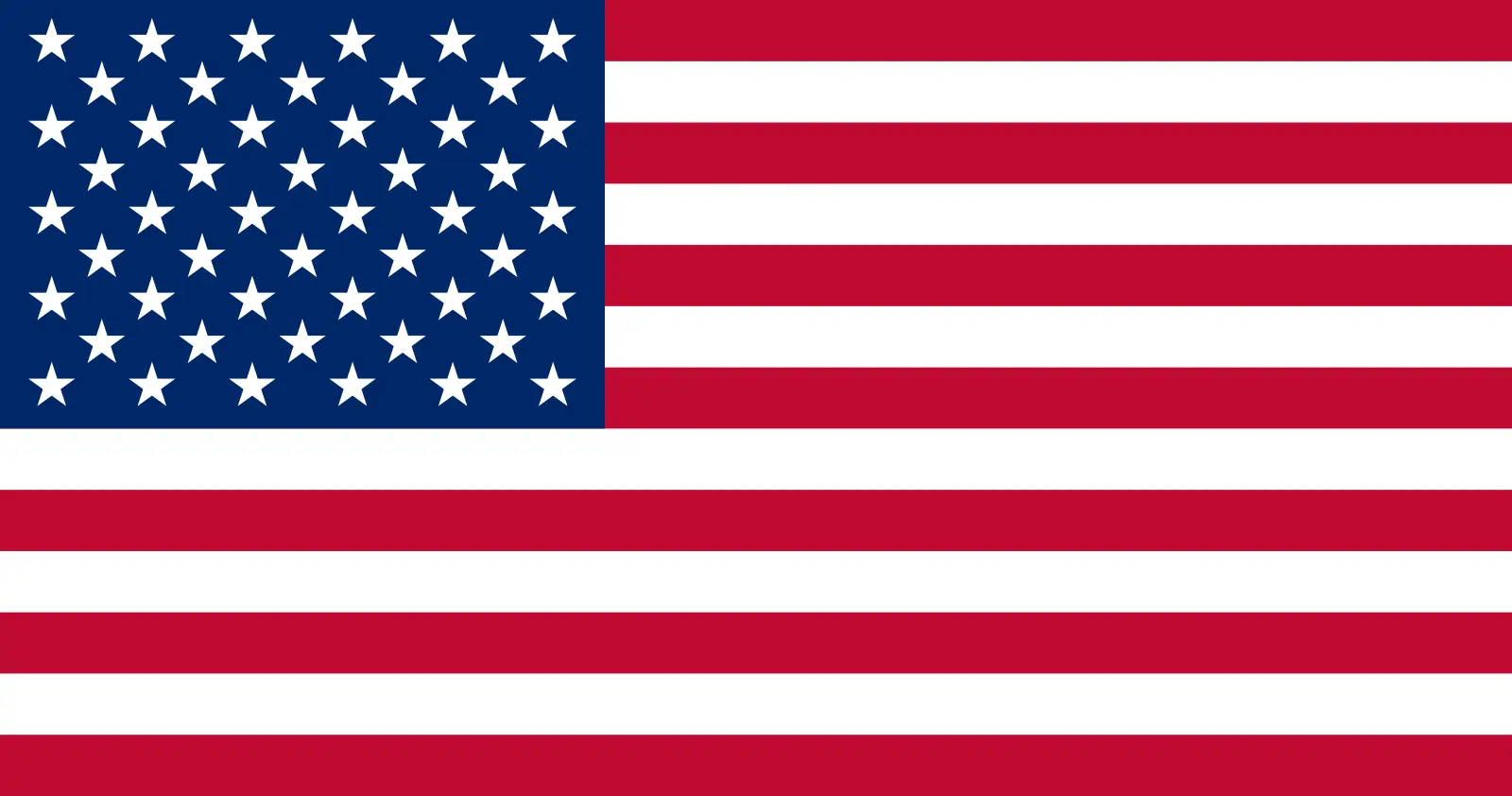
 Afghanistan (+93)
Afghanistan (+93)
 Åland Islands (+358)
Åland Islands (+358)
 Albania (+355)
Albania (+355)
 Algeria (+213)
Algeria (+213)
 American Samoa (+1684)
American Samoa (+1684)
 Andorra (+376)
Andorra (+376)
 Angola (+244)
Angola (+244)
 Anguilla (+1264)
Anguilla (+1264)
 Antarctica (+672)
Antarctica (+672)
 Antigua and Barbuda (+1268)
Antigua and Barbuda (+1268)
 Argentina (+54)
Argentina (+54)
 Armenia (+374)
Armenia (+374)
 Aruba (+297)
Aruba (+297)
 Australia (+61)
Australia (+61)
 Austria (+43)
Austria (+43)
 Azerbaijan (+994)
Azerbaijan (+994)
 Bahamas (+1242)
Bahamas (+1242)
 Bahrain (+973)
Bahrain (+973)
 Bangladesh (+880)
Bangladesh (+880)
 Barbados (+1246)
Barbados (+1246)
 Belarus (+375)
Belarus (+375)
 Belgium (+32)
Belgium (+32)
 Belize (+501)
Belize (+501)
 Benin (+229)
Benin (+229)
 Bermuda (+1441)
Bermuda (+1441)
 Bhutan (+975)
Bhutan (+975)
 Bolivia (+591)
Bolivia (+591)
 Bosnia and Herzegovina (+387)
Bosnia and Herzegovina (+387)
 Botswana (+267)
Botswana (+267)
 Bouvet Island (+)
Bouvet Island (+)
 Brazil (+55)
Brazil (+55)
 British Indian Ocean Territory (+246)
British Indian Ocean Territory (+246)
 British Virgin Islands (+1284)
British Virgin Islands (+1284)
 Brunei (+673)
Brunei (+673)
 Bulgaria (+359)
Bulgaria (+359)
 Burkina Faso (+226)
Burkina Faso (+226)
 Burundi (+257)
Burundi (+257)
 Cambodia (+855)
Cambodia (+855)
 Cameroon (+237)
Cameroon (+237)
 Canada (+1)
Canada (+1)
 Cape Verde (+238)
Cape Verde (+238)
 Cayman Islands (+1345)
Cayman Islands (+1345)
 Central African Republic (+236)
Central African Republic (+236)
 Chad (+235)
Chad (+235)
 Chile (+56)
Chile (+56)
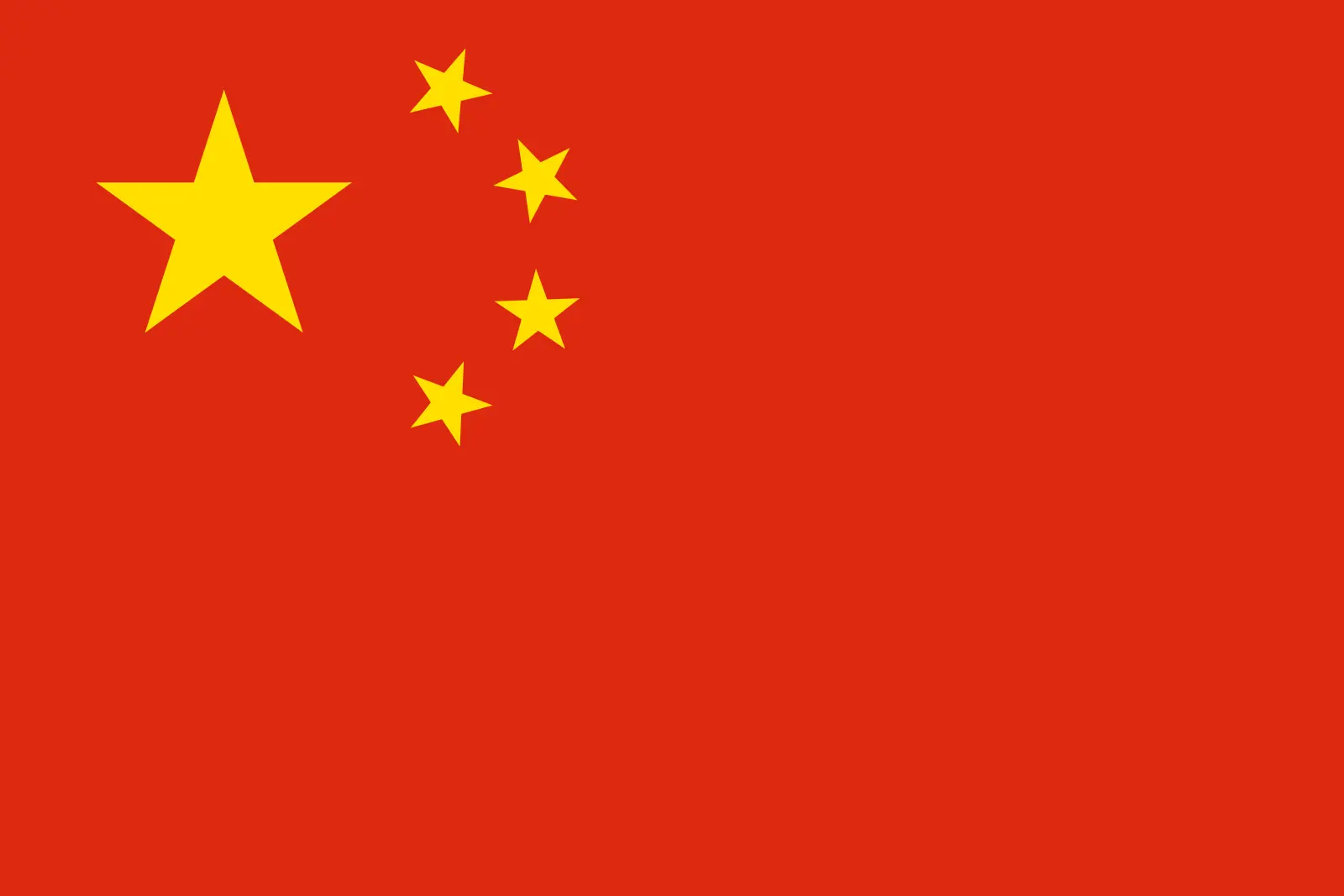 China (+86)
China (+86)
 Christmas Island (+61)
Christmas Island (+61)
 Cocos (Keeling) Islands (+61)
Cocos (Keeling) Islands (+61)
 Colombia (+57)
Colombia (+57)
 Comoros (+269)
Comoros (+269)
 Cook Islands (+682)
Cook Islands (+682)
 Costa Rica (+506)
Costa Rica (+506)
 Croatia (+385)
Croatia (+385)
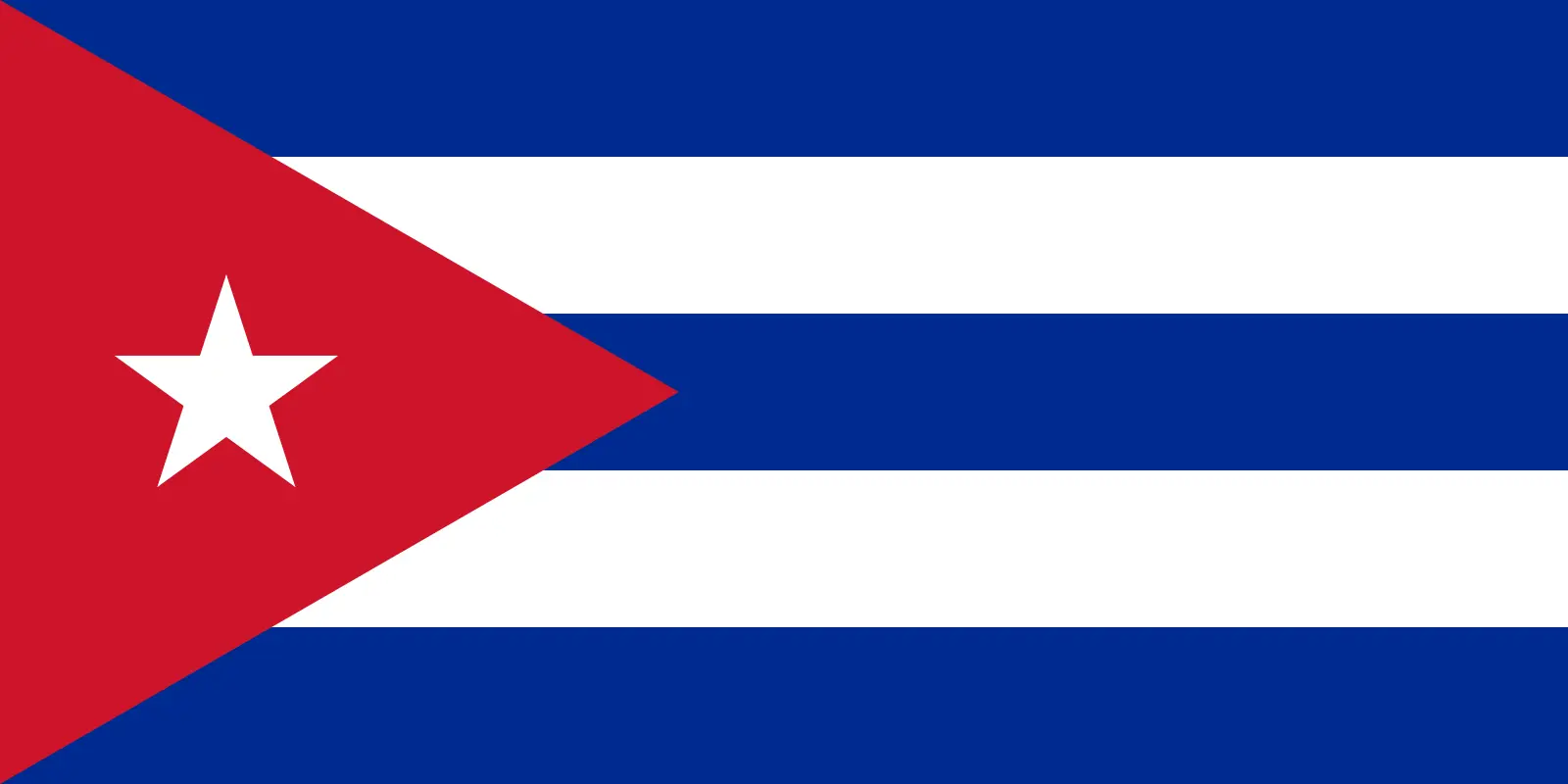 Cuba (+53)
Cuba (+53)
 Curaçao (+599)
Curaçao (+599)
 Cyprus (+357)
Cyprus (+357)
 Czechia (+420)
Czechia (+420)
 Democratic Republic of the Congo (+243)
Democratic Republic of the Congo (+243)
 Denmark (+45)
Denmark (+45)
 Djibouti (+253)
Djibouti (+253)
 Dominica (+1767)
Dominica (+1767)
 Dominican Republic (+1809)
Dominican Republic (+1809)
 Timor-Leste (+670)
Timor-Leste (+670)
 Ecuador (+593)
Ecuador (+593)
 Egypt (+20)
Egypt (+20)
 El Salvador (+503)
El Salvador (+503)
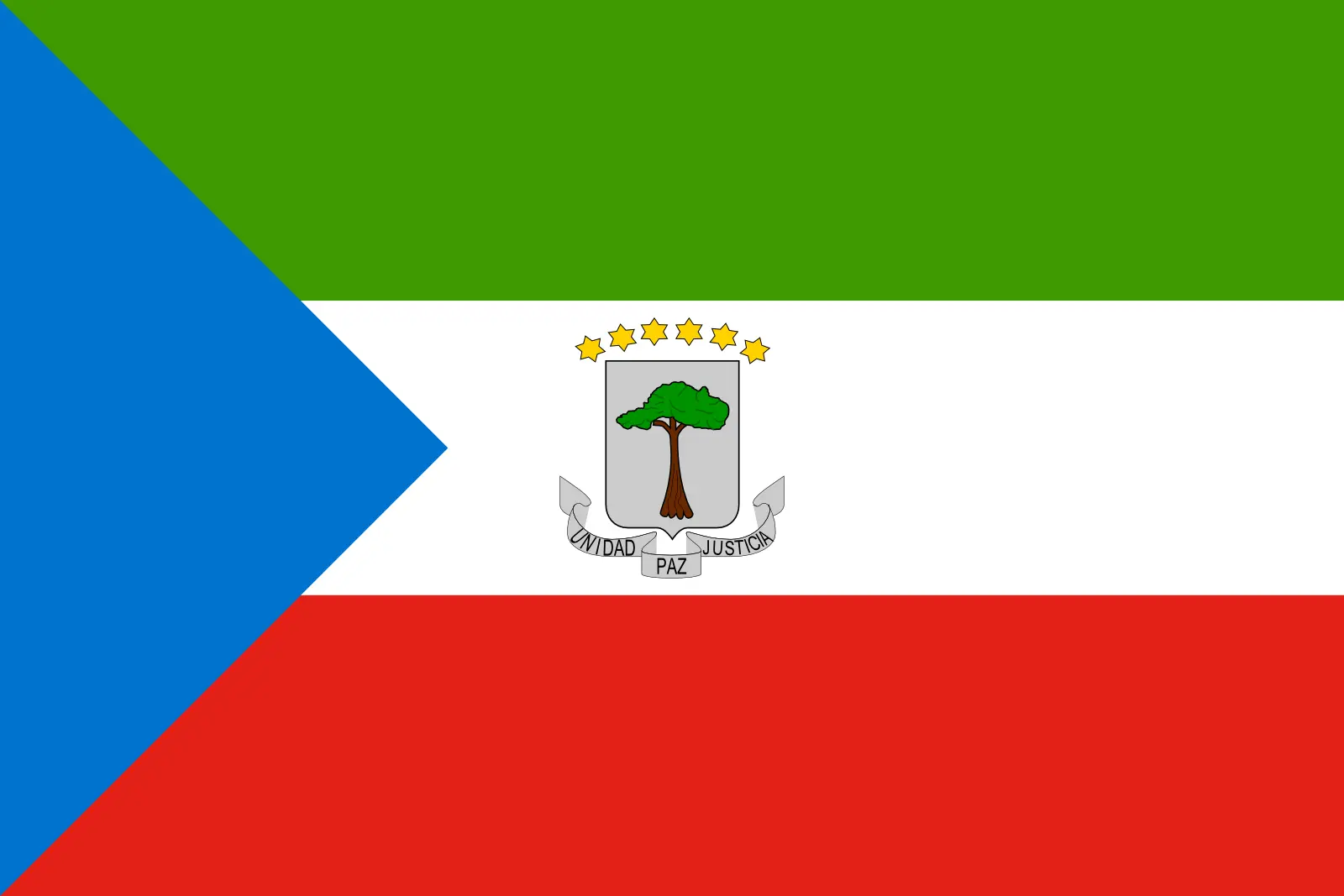 Equatorial Guinea (+240)
Equatorial Guinea (+240)
 Eritrea (+291)
Eritrea (+291)
 Estonia (+372)
Estonia (+372)
 Ethiopia (+251)
Ethiopia (+251)
 Falkland Islands (+500)
Falkland Islands (+500)
 Faroe Islands (+298)
Faroe Islands (+298)
 Fiji (+679)
Fiji (+679)
 Finland (+358)
Finland (+358)
 France (+33)
France (+33)
 Gabon (+241)
Gabon (+241)
 Gambia (+220)
Gambia (+220)
 Georgia (+995)
Georgia (+995)
 Germany (+49)
Germany (+49)
 Ghana (+233)
Ghana (+233)
 Gibraltar (+350)
Gibraltar (+350)
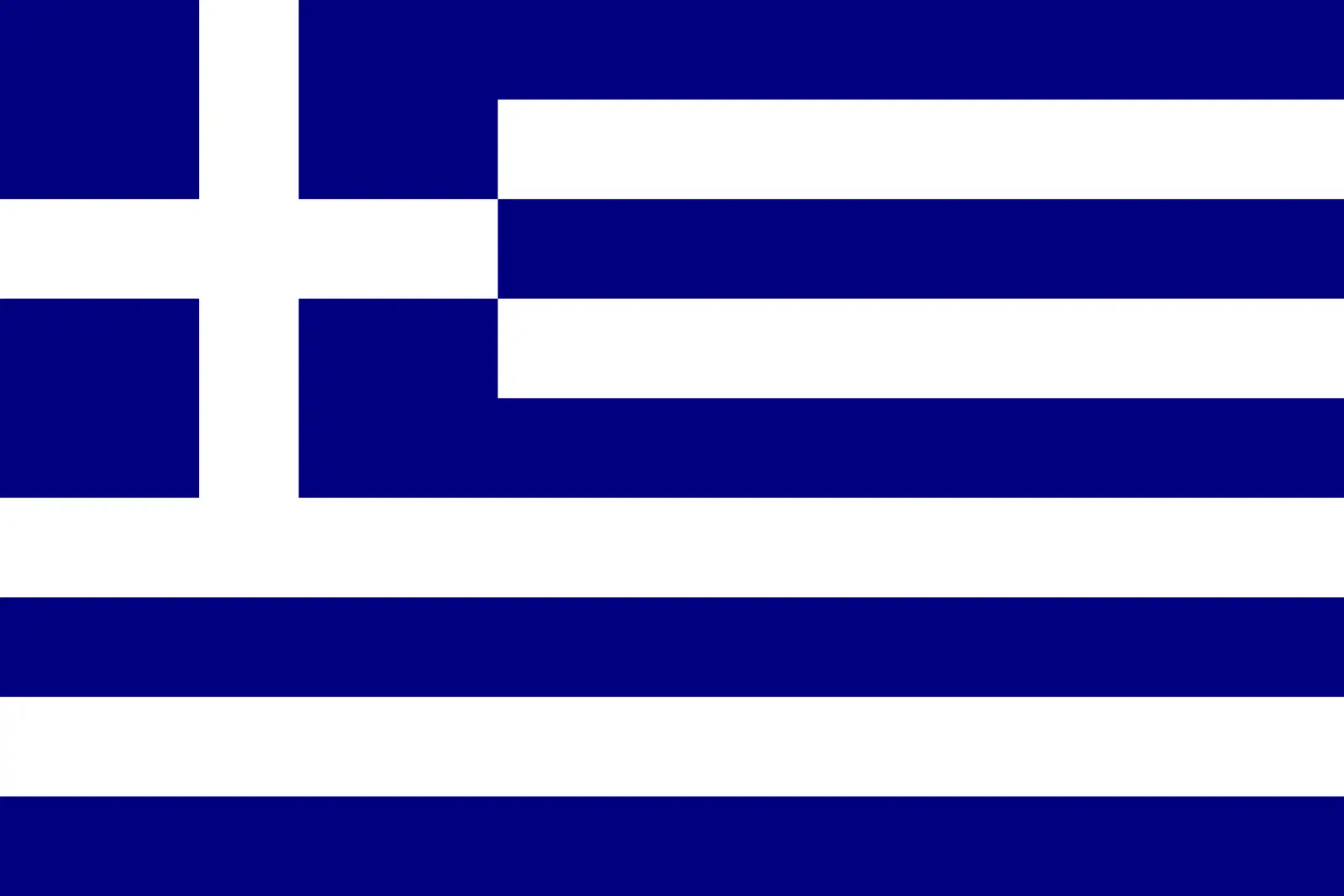 Greece (+30)
Greece (+30)
 Greenland (+299)
Greenland (+299)
 Grenada (+1473)
Grenada (+1473)
 Guadeloupe (+590)
Guadeloupe (+590)
 Guam (+1671)
Guam (+1671)
 Guatemala (+502)
Guatemala (+502)
 Guinea (+224)
Guinea (+224)
 Guinea-Bissau (+245)
Guinea-Bissau (+245)
 Guyana (+592)
Guyana (+592)
 Haiti (+509)
Haiti (+509)
 Honduras (+504)
Honduras (+504)
 Hong Kong (+852)
Hong Kong (+852)
 Hungary (+36)
Hungary (+36)
 Iceland (+354)
Iceland (+354)
 India (+91)
India (+91)
 Indonesia (+62)
Indonesia (+62)
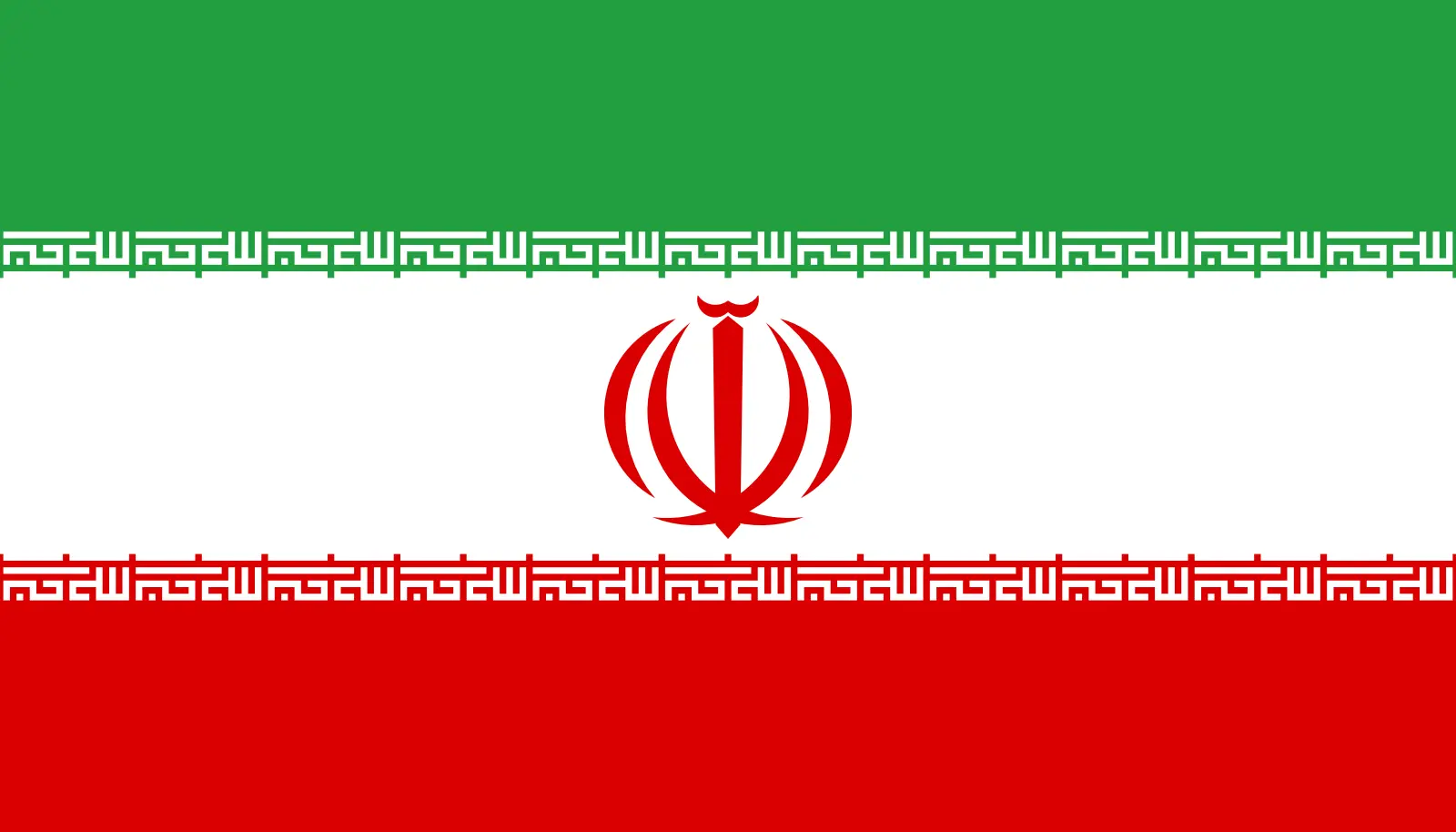 Iran (+98)
Iran (+98)
 Iraq (+964)
Iraq (+964)
 Ireland (+353)
Ireland (+353)
 Isle of Man (+44)
Isle of Man (+44)
 Israel (+972)
Israel (+972)
 Italy (+39)
Italy (+39)
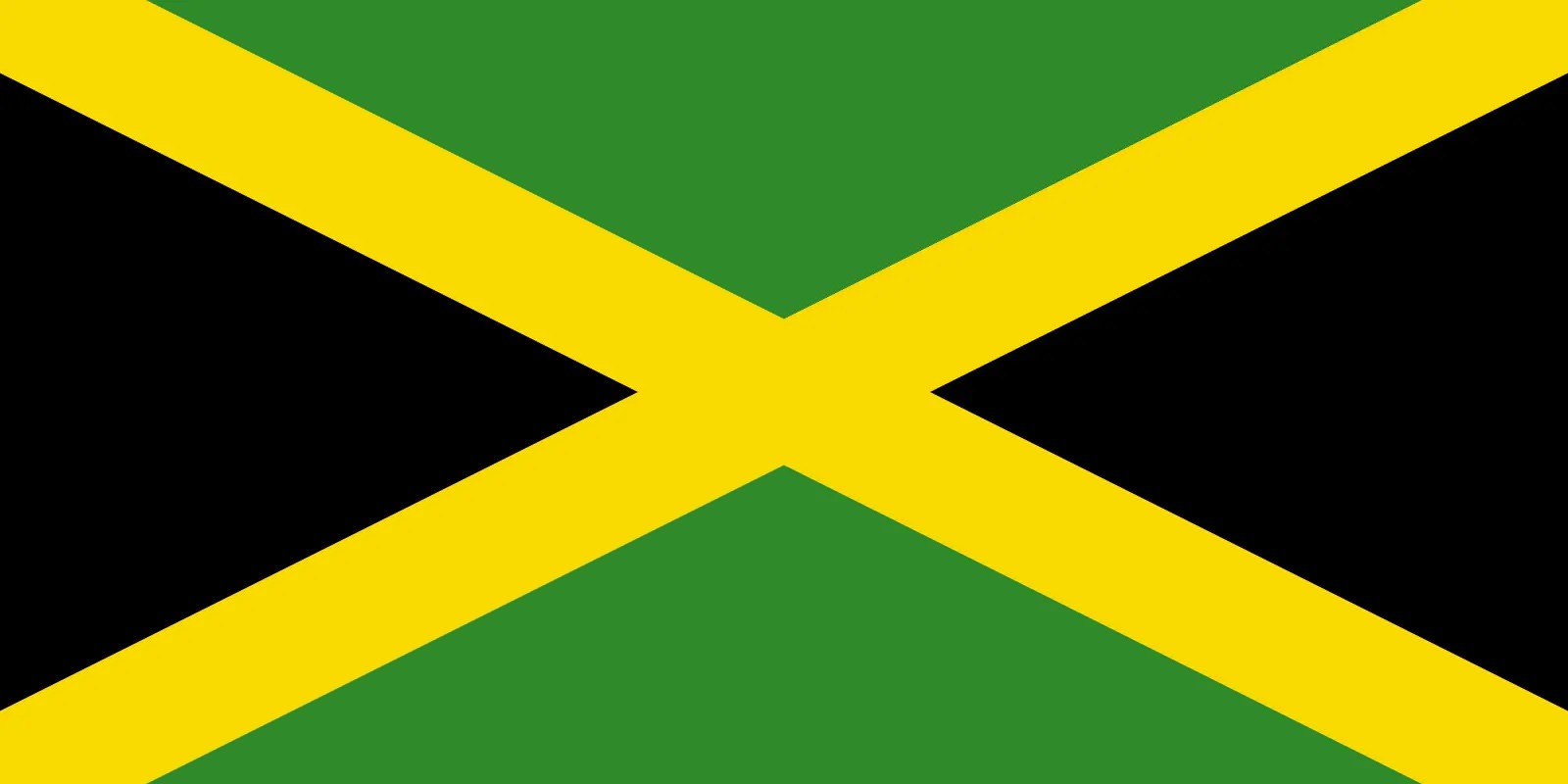 Jamaica (+1876)
Jamaica (+1876)
 Japan (+81)
Japan (+81)
 Jersey (+44)
Jersey (+44)
 Jordan (+962)
Jordan (+962)
 Kazakhstan (+7)
Kazakhstan (+7)
 Kenya (+254)
Kenya (+254)
 Kiribati (+686)
Kiribati (+686)
 Kuwait (+965)
Kuwait (+965)
 Kyrgyzstan (+996)
Kyrgyzstan (+996)
 Laos (+856)
Laos (+856)
 Latvia (+371)
Latvia (+371)
 Lebanon (+961)
Lebanon (+961)
 Lesotho (+266)
Lesotho (+266)
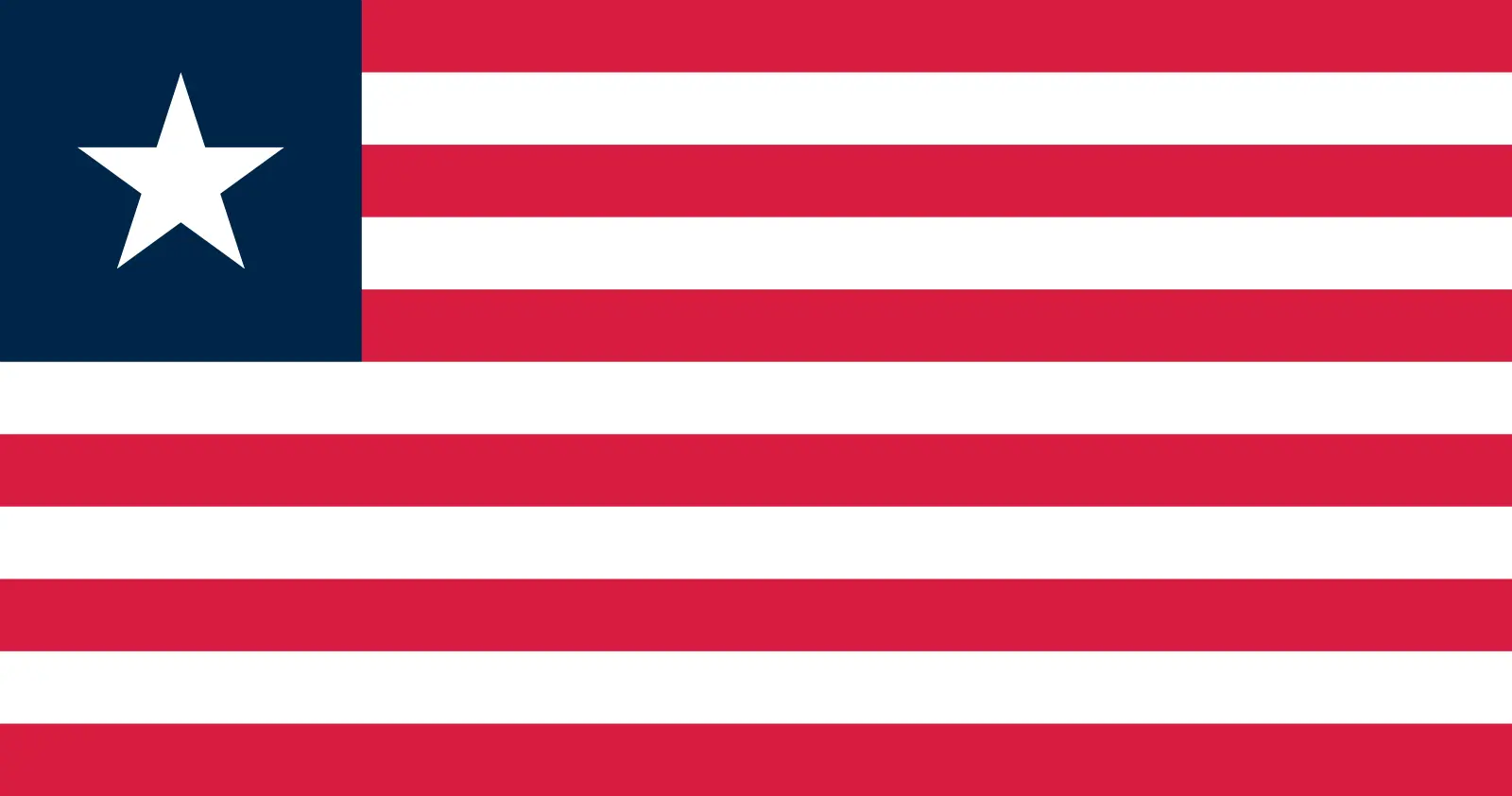 Liberia (+231)
Liberia (+231)
 Libya (+218)
Libya (+218)
 Liechtenstein (+423)
Liechtenstein (+423)
 Lithuania (+370)
Lithuania (+370)
 Luxembourg (+352)
Luxembourg (+352)
 Macao (+853)
Macao (+853)
 Madagascar (+261)
Madagascar (+261)
 Malawi (+265)
Malawi (+265)
 Malaysia (+60)
Malaysia (+60)
 Maldives (+960)
Maldives (+960)
 Mali (+223)
Mali (+223)
 Malta (+356)
Malta (+356)
 Marshall Islands (+692)
Marshall Islands (+692)
 Mauritania (+222)
Mauritania (+222)
 Mauritius (+230)
Mauritius (+230)
 Mayotte (+262)
Mayotte (+262)
 Mexico (+52)
Mexico (+52)
 Micronesia (+691)
Micronesia (+691)
 Moldova (+373)
Moldova (+373)
 Monaco (+377)
Monaco (+377)
 Mongolia (+976)
Mongolia (+976)
 Montenegro (+382)
Montenegro (+382)
 Montserrat (+1664)
Montserrat (+1664)
 Morocco (+212)
Morocco (+212)
 Mozambique (+258)
Mozambique (+258)
 Myanmar (+95)
Myanmar (+95)
 Namibia (+264)
Namibia (+264)
 Nauru (+674)
Nauru (+674)
 Nepal (+977)
Nepal (+977)
 Netherlands (+31)
Netherlands (+31)
 New Caledonia (+687)
New Caledonia (+687)
 New Zealand (+64)
New Zealand (+64)
 Nicaragua (+505)
Nicaragua (+505)
 Niger (+227)
Niger (+227)
 Nigeria (+234)
Nigeria (+234)
 Niue (+683)
Niue (+683)
 Norfolk Island (+672)
Norfolk Island (+672)
 North Korea (+850)
North Korea (+850)
 Northern Mariana Islands (+1670)
Northern Mariana Islands (+1670)
 Norway (+47)
Norway (+47)
 Oman (+968)
Oman (+968)
 Pakistan (+92)
Pakistan (+92)
 Palau (+680)
Palau (+680)
 Palestine (+970)
Palestine (+970)
 Panama (+507)
Panama (+507)
 Papua New Guinea (+675)
Papua New Guinea (+675)
 Paraguay (+595)
Paraguay (+595)
 Peru (+51)
Peru (+51)
 Philippines (+63)
Philippines (+63)
 Poland (+48)
Poland (+48)
 Portugal (+351)
Portugal (+351)
 Puerto Rico (+1787)
Puerto Rico (+1787)
 Qatar (+974)
Qatar (+974)
 Romania (+40)
Romania (+40)
 Russia (+7)
Russia (+7)
 Rwanda (+250)
Rwanda (+250)
 Saint Barthélemy (+590)
Saint Barthélemy (+590)
 Saint Helena, Ascension and Tristan da Cunha (+290)
Saint Helena, Ascension and Tristan da Cunha (+290)
 Saint Kitts and Nevis (+1869)
Saint Kitts and Nevis (+1869)
 Saint Lucia (+1758)
Saint Lucia (+1758)
 Saint Martin (French part) (+590)
Saint Martin (French part) (+590)
 Saint Pierre and Miquelon (+508)
Saint Pierre and Miquelon (+508)
 Saint Vincent and the Grenadines (+1784)
Saint Vincent and the Grenadines (+1784)
 Samoa (+685)
Samoa (+685)
 San Marino (+378)
San Marino (+378)
 Sao Tome and Principe (+239)
Sao Tome and Principe (+239)
 Saudi Arabia (+966)
Saudi Arabia (+966)
 Senegal (+221)
Senegal (+221)
 Serbia (+381)
Serbia (+381)
 Seychelles (+248)
Seychelles (+248)
 Sierra Leone (+232)
Sierra Leone (+232)
 Singapore (+65)
Singapore (+65)
 Sint Maarten (Dutch part) (+1721)
Sint Maarten (Dutch part) (+1721)
 Slovakia (+421)
Slovakia (+421)
 Slovenia (+386)
Slovenia (+386)
 Solomon Islands (+677)
Solomon Islands (+677)
 Somalia (+252)
Somalia (+252)
 South Africa (+27)
South Africa (+27)
 South Georgia and the South Sandwich Islands (+0)
South Georgia and the South Sandwich Islands (+0)
 South Korea (+82)
South Korea (+82)
 South Sudan (+211)
South Sudan (+211)
 Spain (+34)
Spain (+34)
 Sri Lanka (+94)
Sri Lanka (+94)
 Sudan (+249)
Sudan (+249)
 Suriname (+597)
Suriname (+597)
 Svalbard and Jan Mayen (+47)
Svalbard and Jan Mayen (+47)
 Eswatini (+268)
Eswatini (+268)
 Sweden (+46)
Sweden (+46)
 Switzerland (+41)
Switzerland (+41)
 Syria (+963)
Syria (+963)
 Taiwan (+886)
Taiwan (+886)
 Tajikistan (+992)
Tajikistan (+992)
 Tanzania (+255)
Tanzania (+255)
 Thailand (+66)
Thailand (+66)
 Togo (+228)
Togo (+228)
 Tokelau (+690)
Tokelau (+690)
 Tonga (+676)
Tonga (+676)
 Trinidad and Tobago (+1868)
Trinidad and Tobago (+1868)
 Tunisia (+216)
Tunisia (+216)
 Turkey (+90)
Turkey (+90)
 Turkmenistan (+993)
Turkmenistan (+993)
 Turks and Caicos Islands (+1649)
Turks and Caicos Islands (+1649)
 Tuvalu (+688)
Tuvalu (+688)
 Uganda (+256)
Uganda (+256)
 Ukraine (+380)
Ukraine (+380)
 United Arab Emirates (+971)
United Arab Emirates (+971)
 United Kingdom (+44)
United Kingdom (+44)
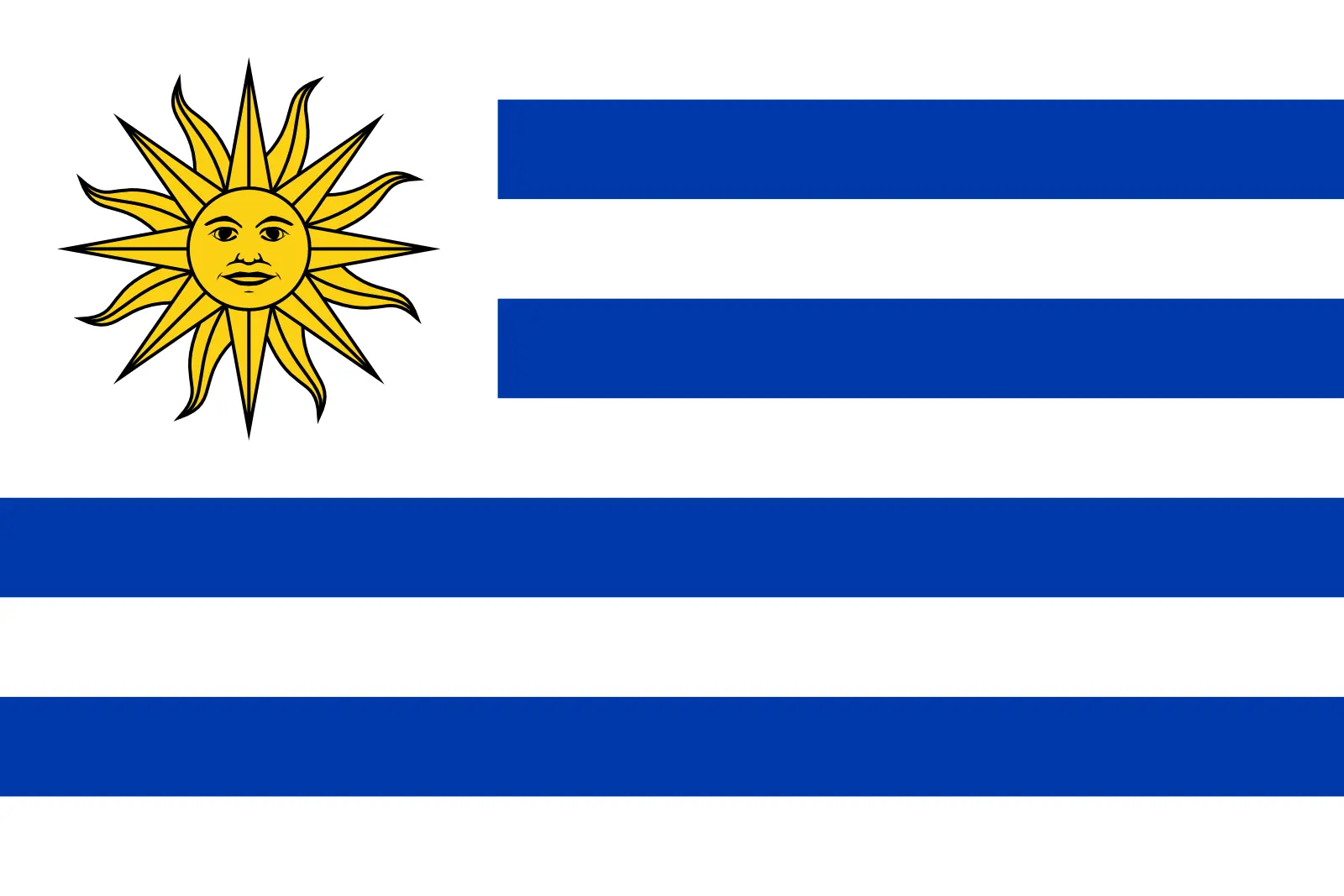 Uruguay (+598)
Uruguay (+598)
 Uzbekistan (+998)
Uzbekistan (+998)
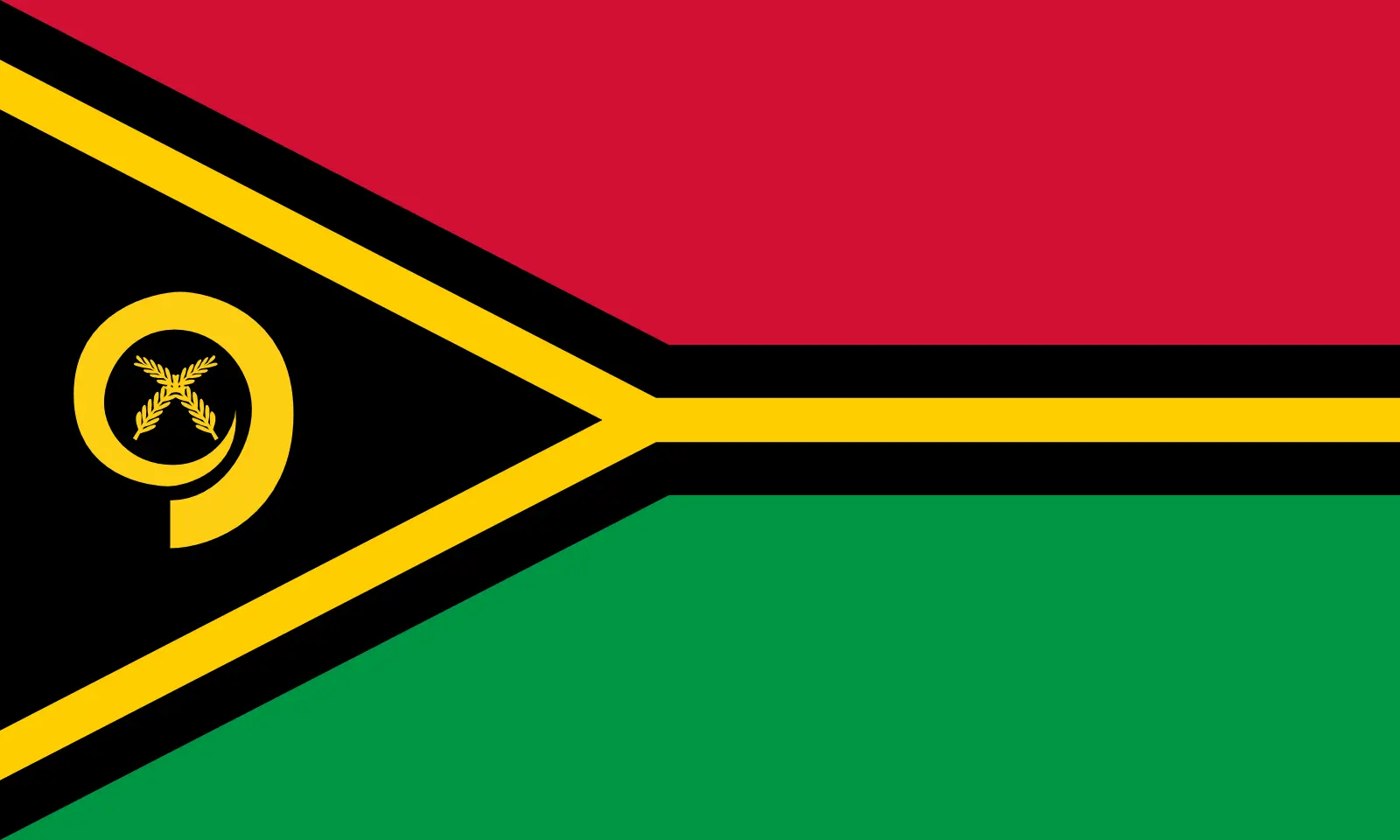 Vanuatu (+678)
Vanuatu (+678)
 Vatican City (+39)
Vatican City (+39)
 Venezuela (Bolivarian Republic of) (+58)
Venezuela (Bolivarian Republic of) (+58)
 Vietnam (+84)
Vietnam (+84)
 Wallis and Futuna (+681)
Wallis and Futuna (+681)
 Western Sahara (+212)
Western Sahara (+212)
 Yemen (+967)
Yemen (+967)
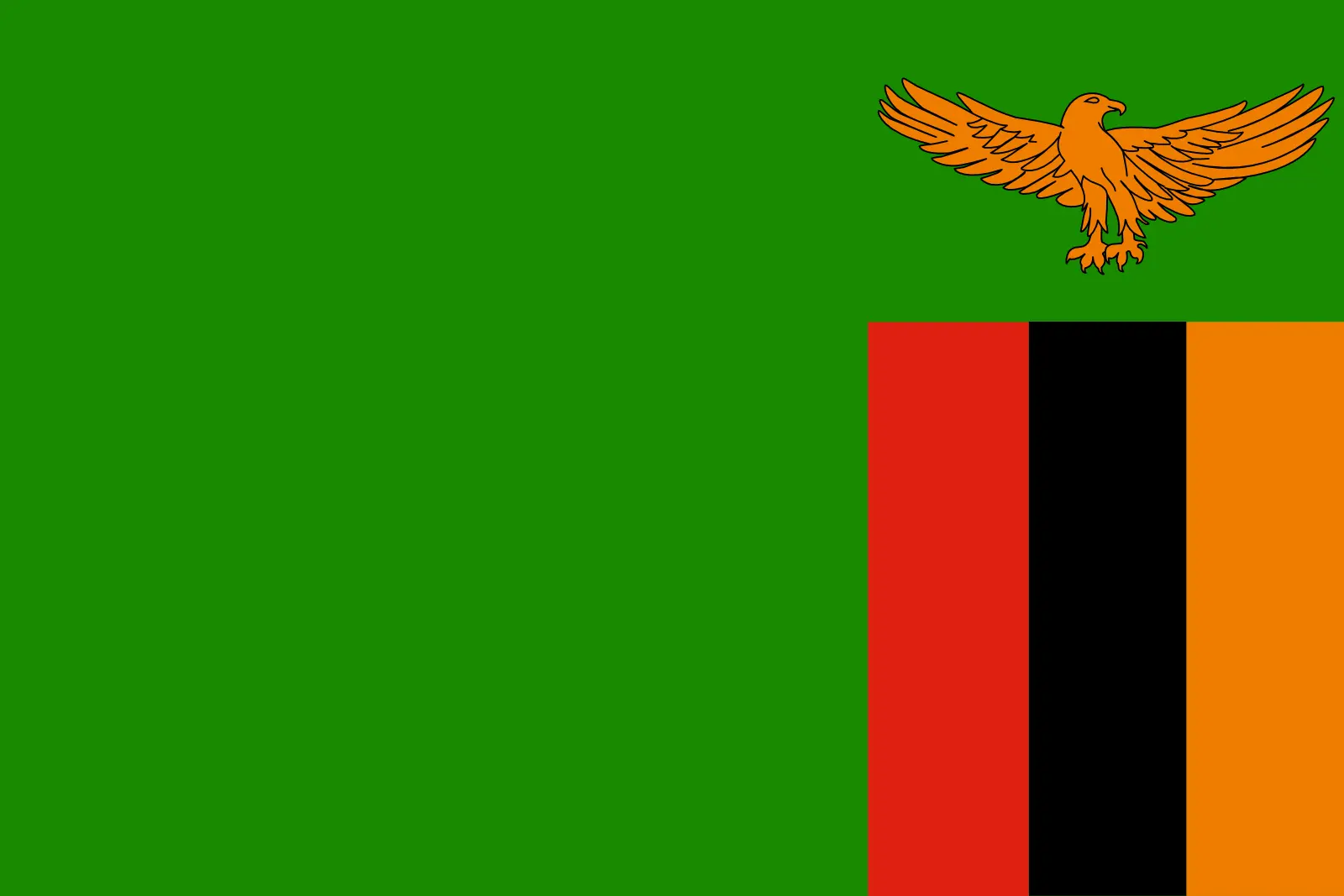 Zambia (+260)
Zambia (+260)
 Zimbabwe (+263)
Zimbabwe (+263)

